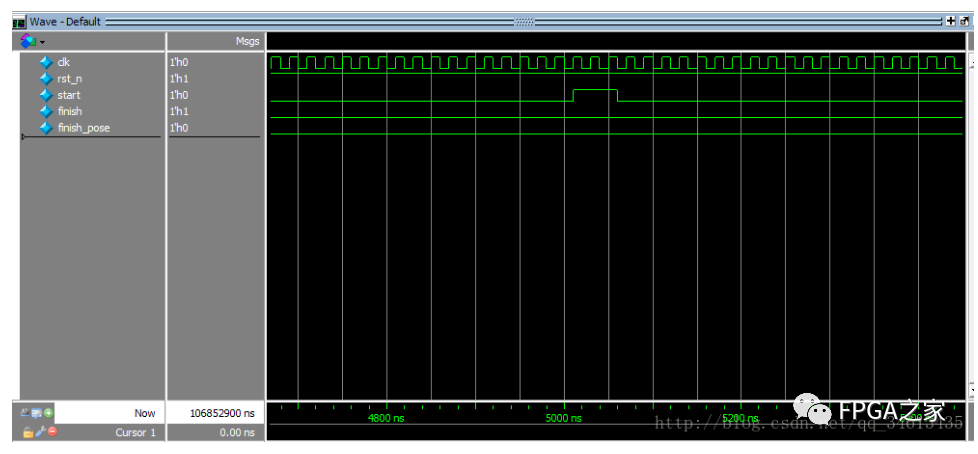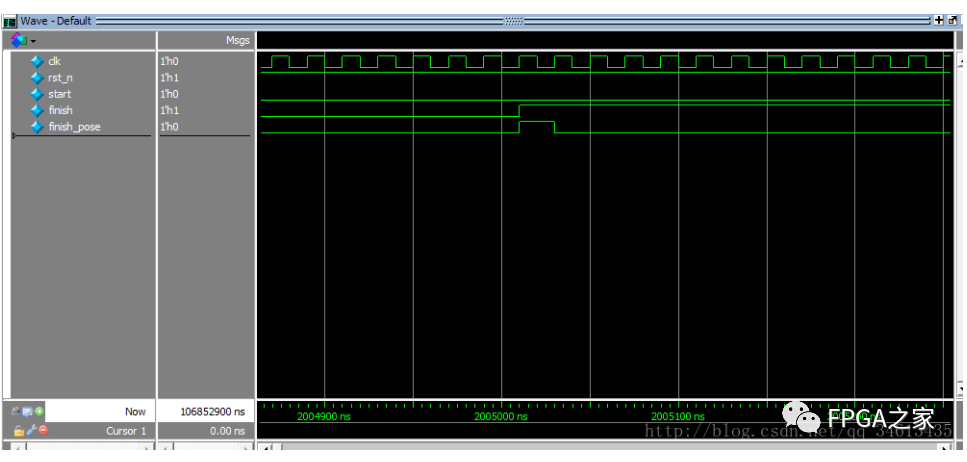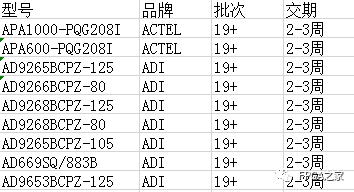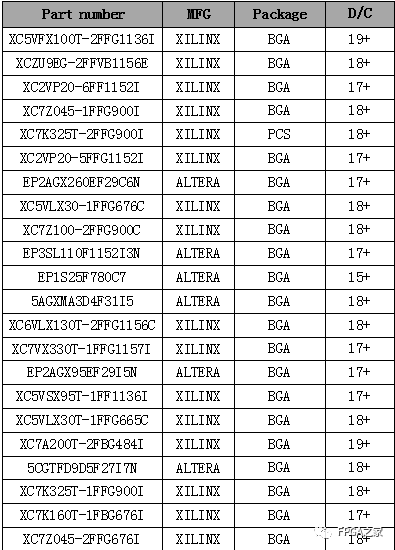Welcome FPGA engineers to join the official WeChat technical group
Clickthe blue textto follow us at FPGA Home – the largest and best community for pure FPGA engineers in China

Introduction:
Can be started at any time, can be restarted, the delay duration is adjustable, and the unit can be switched (ms/us). The delay range under a 50MHz clock is 1ms-85899ms/1us-85899us.
Source code and ModelSim simulation code:
module delay
//#(parameter N ) // Delay for N*1ms/us
(input clk,rst_n,
input start, // Rising edge of start is valid
input delay_unit, // Delay unit, high:ms/low:us
output finish,finish_pose); // Rising edge of finish is valid
reg start_reg0,start_reg1; // Two-stage buffer for start, used for edge detection
reg finish_reg0,finish_reg1; // Two-stage buffer for finish
reg [31:0]cnt; // Fixed 32-bit wide counter
reg [31:0]cnt_full;
reg restart; // Restart
wire start_pose,full;
always @(posedge clk or negedge rst_n)
begin
if(!rst_n)
begin
cnt <= 32’d0;
cnt_full <= 32’d10; // Avoid finishing being set at the start
restart <= 1’b0;
start_reg0 <= 1’b0; start_reg1 <= 1’b0;
finish_reg0 <= 1’b0; finish_reg1 <= 1’b0;
end
else
begin
start_reg0 <= start; start_reg1 <= start_reg0;
finish_reg1 <= finish_reg0;
/** Check timing unit **/
if(delay_unit)
cnt_full <= 32’d50_000*2-32’d2; // Timing for 2ms Replace N with actual value during instantiation: 32’d50_000*N-32’d2
else
cnt_full <= 32’d50*2-32’d2; // Timing for 2us
/***************/
/** Whether to restart **/
if(start_pose) // Detected start time
restart <= 1’b1;
/**** Timing completed ****/
else if(full) // Delay ends
begin
cnt <= 32’d0; // Reset cnt
finish_reg0 <= 1’b1; // Finish response
restart <= 1’b0;
end
/***************/
/**** Timing starts ****/
else if(restart)
begin
finish_reg0 <= 1’b0; // Reset finish for new delay
cnt <= cnt+1’b1;
end
/***************/
/** Wait for new timing **/
else
begin
cnt <= cnt;
finish_reg0 <= finish_reg0;
restart <= restart;
end
end
end
assign start_pose = (~start_reg1&start_reg0)?1’b1:1’b0; // Start rising edge detection
assign finish_pose = (~finish_reg1&finish_reg0)?1’b1:1’b0; // Finish rising edge detection
assign full = (cnt_full-cnt==0)?1’b1:1’b0; // Check if counted full
assign finish = finish_reg0;
endmodule
/**************************************************************************************************/ /***************************************ModelSim********************************************/
`timescale 1ns/1ps
module delay_tb();
reg clk,rst_n;
reg start;
wire finish,finish_pose;
delay delay_u0
(.clk(clk),
.rst_n(rst_n),
.start(start),
.delay_unit(1’b1),
.finish(finish),
.finish_pose(finish_pose));
//defparam delay_u0.N = 2; // Delay 2ms
initial
begin
clk = 1’b0;
rst_n = 1’b0;
start = 1’b0;
#1000 rst_n = 1’b1;
#4010 start = 1’b1; #50 start = 1’b0; end
always #10 clk = ~clk;
endmodule
Concept:
The start port triggers the delay on the rising edge, the finish port is set when the delay ends (reset after restarting the delay), and the rising edge detection of finish is already done inside the module (the finish_pose port), which can be called directly. The delay_unit port is set high to select ms, and low to select us. The #(parameter N) is the timing duration, for example, timing for 8ms: “N = 8, .delay_unit(1’b1)”. During actual instantiation, just use “defparam instantiation_name.N = value”. Since ModelSim cannot recognize this call, the actual value is used instead of N for testing. Edge detection consumes two clock cycles, so cnt_full needs to be reduced by 2, and finish_reg0 is directly connected to the finish output port instead of using finish_reg1 to connect to finish.
The start time (5010ns) and end time (2005010ns) for testing the delay of 2ms:


————————————————

Welcome communication engineers and FPGA engineers to follow our official account

The largest national FPGA WeChat technical group
Welcome everyone to join the national FPGA WeChat technical group, which has tens of thousands of engineers, a group of engineers who love technology, where FPGA engineers help each other, share, and have a strong technical atmosphere! Hurry up and invite your friends to join!!

Just press and hold to join the national FPGA technical group
FPGA Home Component City
Advantageous component services, please scan the code to contact the group owner: Jin Juan, Email: [email protected] Welcome to recommend to procurement
ACTEL, AD part of advantageous ordering (full series):

XILINX, ALTERA advantageous stock or ordering (full series):

(The above components are partial models, please consult the group owner Jin Juan for more models)
Service philosophy: FPGA Home Component City aims to facilitate engineers to quickly and conveniently purchase components. After years of dedicated service, our customer service is spread across large listed companies, military research units, and small and medium-sized enterprises. Our biggest advantage is emphasizing service first, and achieving fast delivery and favorable prices!
Directly operated brands: Xilinx, ALTERA, ADI, TI, NXP, ST, E2V, Micron, and over a hundred other component brands, especially good at dealing with components subject to embargoes from the US and Europe.We welcome engineer friends to recommend us to procurement or consult us directly!We will continue to provide the best service in the industry!

FPGA technical group official thanks to brands: Xilinx, Intel (Altera), Microsemi (Actel), Lattice, Vantis, Quicklogic, Lucent, etc.